HSBC 2005 Annual Report Download - page 158
Download and view the complete annual report
Please find page 158 of the 2005 HSBC annual report below. You can navigate through the pages in the report by either clicking on the pages listed below, or by using the keyword search tool below to find specific information within the annual report.-
 1
1 -
 2
2 -
 3
3 -
 4
4 -
 5
5 -
 6
6 -
 7
7 -
 8
8 -
 9
9 -
 10
10 -
 11
11 -
 12
12 -
 13
13 -
 14
14 -
 15
15 -
 16
16 -
 17
17 -
 18
18 -
 19
19 -
 20
20 -
 21
21 -
 22
22 -
 23
23 -
 24
24 -
 25
25 -
 26
26 -
 27
27 -
 28
28 -
 29
29 -
 30
30 -
 31
31 -
 32
32 -
 33
33 -
 34
34 -
 35
35 -
 36
36 -
 37
37 -
 38
38 -
 39
39 -
 40
40 -
 41
41 -
 42
42 -
 43
43 -
 44
44 -
 45
45 -
 46
46 -
 47
47 -
 48
48 -
 49
49 -
 50
50 -
 51
51 -
 52
52 -
 53
53 -
 54
54 -
 55
55 -
 56
56 -
 57
57 -
 58
58 -
 59
59 -
 60
60 -
 61
61 -
 62
62 -
 63
63 -
 64
64 -
 65
65 -
 66
66 -
 67
67 -
 68
68 -
 69
69 -
 70
70 -
 71
71 -
 72
72 -
 73
73 -
 74
74 -
 75
75 -
 76
76 -
 77
77 -
 78
78 -
 79
79 -
 80
80 -
 81
81 -
 82
82 -
 83
83 -
 84
84 -
 85
85 -
 86
86 -
 87
87 -
 88
88 -
 89
89 -
 90
90 -
 91
91 -
 92
92 -
 93
93 -
 94
94 -
 95
95 -
 96
96 -
 97
97 -
 98
98 -
 99
99 -
 100
100 -
 101
101 -
 102
102 -
 103
103 -
 104
104 -
 105
105 -
 106
106 -
 107
107 -
 108
108 -
 109
109 -
 110
110 -
 111
111 -
 112
112 -
 113
113 -
 114
114 -
 115
115 -
 116
116 -
 117
117 -
 118
118 -
 119
119 -
 120
120 -
 121
121 -
 122
122 -
 123
123 -
 124
124 -
 125
125 -
 126
126 -
 127
127 -
 128
128 -
 129
129 -
 130
130 -
 131
131 -
 132
132 -
 133
133 -
 134
134 -
 135
135 -
 136
136 -
 137
137 -
 138
138 -
 139
139 -
 140
140 -
 141
141 -
 142
142 -
 143
143 -
 144
144 -
 145
145 -
 146
146 -
 147
147 -
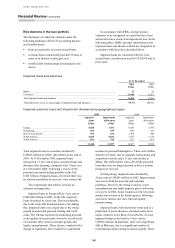 148
148 -
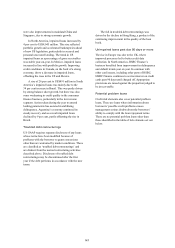 149
149 -
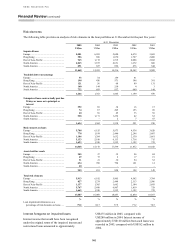 150
150 -
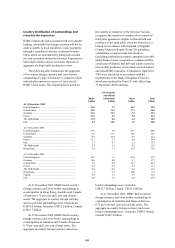 151
151 -
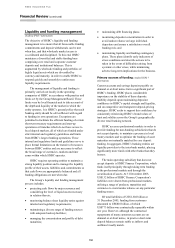 152
152 -
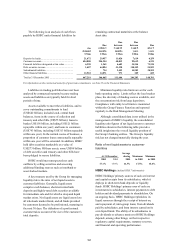 153
153 -
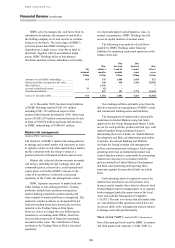 154
154 -
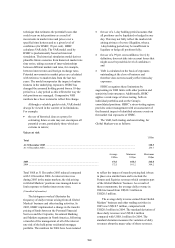 155
155 -
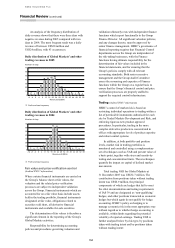 156
156 -
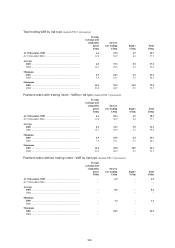 157
157 -
 158
158 -
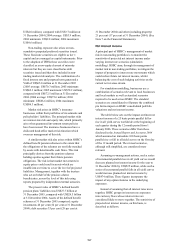 159
159 -
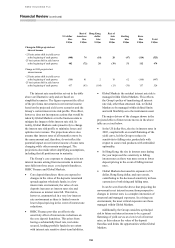 160
160 -
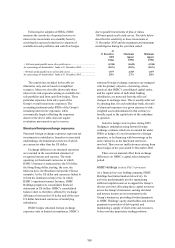 161
161 -
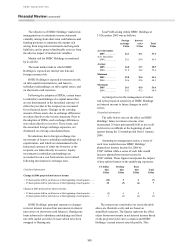 162
162 -
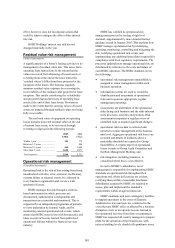 163
163 -
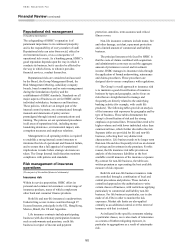 164
164 -
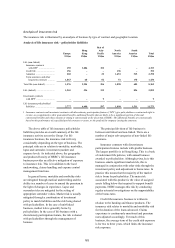 165
165 -
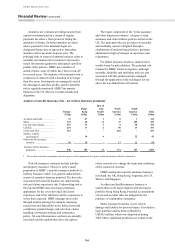 166
166 -
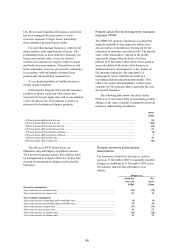 167
167 -
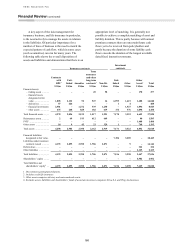 168
168 -
 169
169 -
 170
170 -
 171
171 -
 172
172 -
 173
173 -
 174
174 -
 175
175 -
 176
176 -
 177
177 -
 178
178 -
 179
179 -
 180
180 -
 181
181 -
 182
182 -
 183
183 -
 184
184 -
 185
185 -
 186
186 -
 187
187 -
 188
188 -
 189
189 -
 190
190 -
 191
191 -
 192
192 -
 193
193 -
 194
194 -
 195
195 -
 196
196 -
 197
197 -
 198
198 -
 199
199 -
 200
200 -
 201
201 -
 202
202 -
 203
203 -
 204
204 -
 205
205 -
 206
206 -
 207
207 -
 208
208 -
 209
209 -
 210
210 -
 211
211 -
 212
212 -
 213
213 -
 214
214 -
 215
215 -
 216
216 -
 217
217 -
 218
218 -
 219
219 -
 220
220 -
 221
221 -
 222
222 -
 223
223 -
 224
224 -
 225
225 -
 226
226 -
 227
227 -
 228
228 -
 229
229 -
 230
230 -
 231
231 -
 232
232 -
 233
233 -
 234
234 -
 235
235 -
 236
236 -
 237
237 -
 238
238 -
 239
239 -
 240
240 -
 241
241 -
 242
242 -
 243
243 -
 244
244 -
 245
245 -
 246
246 -
 247
247 -
 248
248 -
 249
249 -
 250
250 -
 251
251 -
 252
252 -
 253
253 -
 254
254 -
 255
255 -
 256
256 -
 257
257 -
 258
258 -
 259
259 -
 260
260 -
 261
261 -
 262
262 -
 263
263 -
 264
264 -
 265
265 -
 266
266 -
 267
267 -
 268
268 -
 269
269 -
 270
270 -
 271
271 -
 272
272 -
 273
273 -
 274
274 -
 275
275 -
 276
276 -
 277
277 -
 278
278 -
 279
279 -
 280
280 -
 281
281 -
 282
282 -
 283
283 -
 284
284 -
 285
285 -
 286
286 -
 287
287 -
 288
288 -
 289
289 -
 290
290 -
 291
291 -
 292
292 -
 293
293 -
 294
294 -
 295
295 -
 296
296 -
 297
297 -
 298
298 -
 299
299 -
 300
300 -
 301
301 -
 302
302 -
 303
303 -
 304
304 -
 305
305 -
 306
306 -
 307
307 -
 308
308 -
 309
309 -
 310
310 -
 311
311 -
 312
312 -
 313
313 -
 314
314 -
 315
315 -
 316
316 -
 317
317 -
 318
318 -
 319
319 -
 320
320 -
 321
321 -
 322
322 -
 323
323 -
 324
324 -
 325
325 -
 326
326 -
 327
327 -
 328
328 -
 329
329 -
 330
330 -
 331
331 -
 332
332 -
 333
333 -
 334
334 -
 335
335 -
 336
336 -
 337
337 -
 338
338 -
 339
339 -
 340
340 -
 341
341 -
 342
342 -
 343
343 -
 344
344 -
 345
345 -
 346
346 -
 347
347 -
 348
348 -
 349
349 -
 350
350 -
 351
351 -
 352
352 -
 353
353 -
 354
354 -
 355
355 -
 356
356 -
 357
357 -
 358
358 -
 359
359 -
 360
360 -
 361
361 -
 362
362 -
 363
363 -
 364
364 -
 365
365 -
 366
366 -
 367
367 -
 368
368 -
 369
369 -
 370
370 -
 371
371 -
 372
372 -
 373
373 -
 374
374 -
 375
375 -
 376
376 -
 377
377 -
 378
378 -
 379
379 -
 380
380 -
 381
381 -
 382
382 -
 383
383 -
 384
384 -
 385
385 -
 386
386 -
 387
387 -
 388
388 -
 389
389 -
 390
390 -
 391
391 -
 392
392 -
 393
393 -
 394
394 -
 395
395 -
 396
396 -
 397
397 -
 398
398 -
 399
399 -
 400
400 -
 401
401 -
 402
402 -
 403
403 -
 404
404 -
 405
405 -
 406
406 -
 407
407 -
 408
408 -
 409
409 -
 410
410 -
 411
411 -
 412
412 -
 413
413 -
 414
414 -
 415
415 -
 416
416 -
 417
417 -
 418
418 -
 419
419 -
 420
420 -
 421
421 -
 422
422 -
 423
423 -
 424
424
 |
 |

HSBC HOLDINGS PLC
Financial Review (continued)
156
Non-trading (Audited IFRS 7 information)
The principal objective of market risk management
of non-trading portfolios is to optimise net interest
income.
Market risk in non-trading portfolios arises
principally from mismatches between the future
yield on assets and their funding cost, as a result of
interest rate changes. Analysis of this risk is
complicated by having to make assumptions on
optionality in certain product areas, for example,
mortgage prepayments, and from behavioural
assumptions regarding the economic duration of
liabilities which are contractually repayable on
demand, for example, current accounts. The
prospective change in future net interest income
from non-trading portfolios will be reflected in the
current realisable value of these positions, should
they be sold or closed prior to maturity. In order to
manage this risk optimally, market risk in non-
trading portfolios is transferred to Global Markets or
to separate books managed under the supervision of
the local ALCO.
The transfer of market risk to books managed by
Global Markets or supervised by ALCO is usually
achieved by a series of internal deals between the
business units and these books. When the
behavioural characteristics of a product differ from
its contractual characteristics, the behavioural
characteristics are assessed to determine the true
underlying interest rate risk. Local ALCOs regularly
monitor all such behavioural assumptions and
interest rate risk positions, to ensure they comply
with interest rate risk limits established by the Group
Management Board.
As noted above, in certain cases, the non-linear
characteristics of products cannot be adequately
captured by the risk transfer process. For example,
both the flow from customer deposit accounts to
alternative investment products and the precise
prepayment speeds of mortgages will vary at
different interest rate levels. In such circumstances,
simulation modelling is used to identify the impact
of varying scenarios on valuations and net interest
income.
Once market risk has been consolidated in
Global Markets or ALCO-managed books, the net
exposure is typically managed through the use of
interest rate swaps within agreed limits.
The principal non-trading risks which are not
included in VAR for Global Markets (see ‘Value at
risk’ above) are detailed below.
Market risk within HSBC Finance primarily
arises from mismatches between future
behaviouralised asset yields and their funding costs.
This mismatch mainly comes from the fact that asset
yields are predominantly fixed and relatively
insensitive to market movements in interest rates,
whereas the related wholesale funding and its
associated derivatives are more sensitive to such
movements. This non-trading risk is principally
managed by controlling the sensitivity of projected
net interest income under varying interest rate
scenarios: see ‘Net interest income’ below.
VAR limits are set to control the total market
risk exposure of HSBC Finance. The VAR as at
31 December 2005 was US$13.5 million (2005
average: US$13.4 million; 2005 minimum:
US$6.2 million; 2005 maximum: US$41.6 million),
compared with US$9.1 million at 31 December 2004
(2004 average: US$16.1 million; 2004 minimum:
US$4.1 million; 2004 maximum: US$31.9 million).
Market risk arising in the prime residential
mortgage business of HSBC Bank USA is primarily
managed by a specialist function within the business,
under guidelines established by HSBC Bank USA’s
ALCO. A range of risk management tools is applied
to hedge the sensitivity arising from movements in
interest rates. The key element of market risk within
the US prime mortgage business relates to the
prepayment options embedded in US mortgages,
which affect the sensitivity of the value of mortgage
servicing rights (‘MSRs’) to interest rate movements
and the net interest margin on mortgage assets.
MSRs represent the economic value of the right to
receive fees for performing specified residential
mortgage servicing activities. They are sensitive to
interest rate movements because lower rates
accelerate the prepayment speed of the underlying
mortgages and therefore reduce the value of the
MSRs. The reverse is true for rising rates. HSBC
uses a combination of interest rate-sensitive
derivatives and debt securities to help protect the
economic value of MSRs. An accounting asymmetry
can arise in this area because the derivatives used to
hedge the economic exposure arising from MSRs are
always measured at fair value, but the MSRs
themselves are measured for accounting purposes at
the lower of amortised cost and valuation. It is,
therefore, possible for an economically hedged
position not to be shown as such in the accounts,
when the hedge shows a loss but the MSR cannot be
revalued above cost to reflect the related profit.
HSBC’s policy again is to hedge the economic risk.
VAR limits are set to control the exposure to
MSRs and MSR hedges. The VAR on MSRs and
MSR hedges at 31 December 2005 was
US$3.9 million (2005 average: US$3.2 million; 2005
minimum: US$2.4 million; 2005 maximum:
